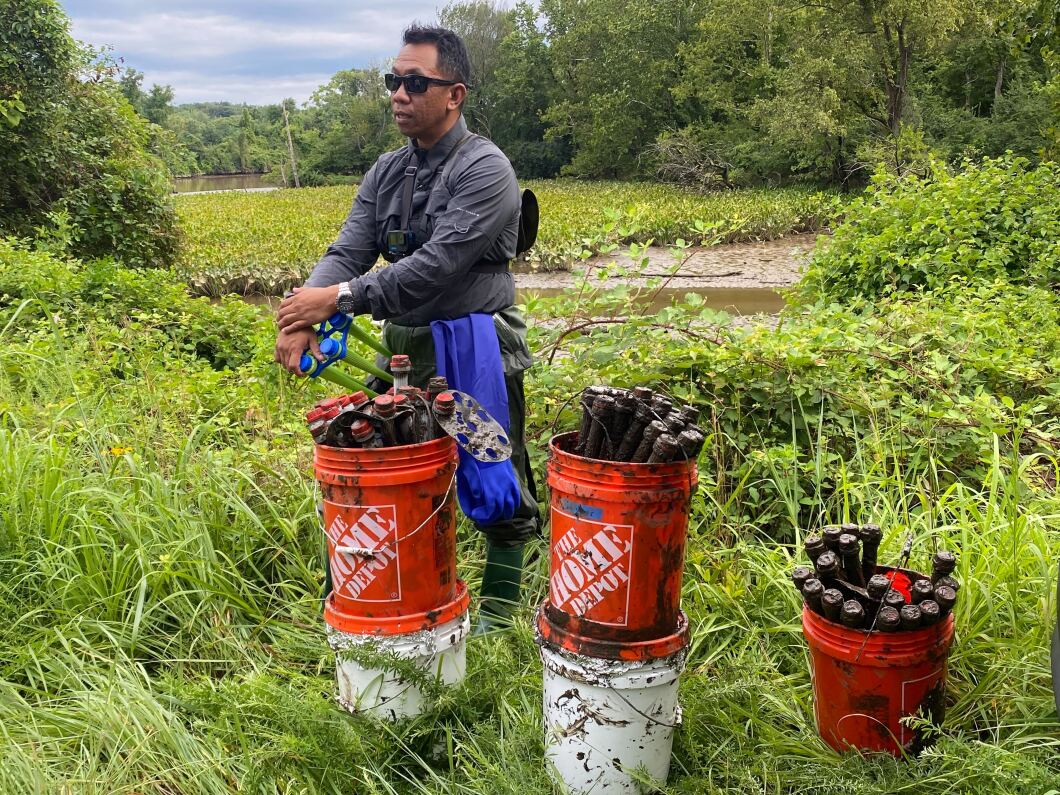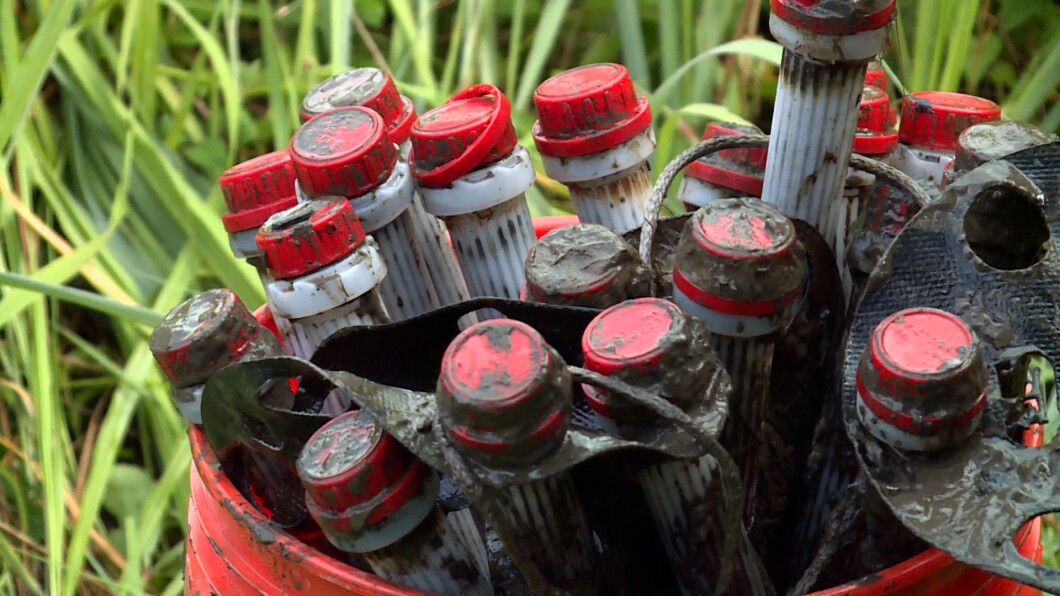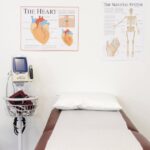
A former NASA engineer who helped remove hazardous pollutants around the Kennedy Space Center in Florida is using the technology to clean up harmful toxins at some of the most contaminated groundwater sites around the world.
Sergie “Serg” Albino said his work as an environmental engineer was fundamental to founding ecoSPEARS, a clean-tech water remediation company that utilizes NASA’s emulsified zero-valent iron filtration system — for which he was later given the exclusive license — to noninvasively and permanently clear waterways of dioxins, polychlorinated biphenyls, or PCBs, and per- and polyfluoroalkyl substances, or PFAS — also known as “forever chemicals.”
MOODY’S DOWNGRADES SEVERAL US BANKS AMID ‘ONGOING STRAIN’ IN THE BANKING SECTOR
The SPEARS are already deployed in U.S. cities, along with countries around the world, including in Europe and the Pacific. They’ve also been at work for the past year in the Anacostia River in Washington, D.C., and on Tuesday, Albino and his team waded into the muddy water to retrieve them from the Benning Road hazardous site for the first time.
He and his team see the SPEARS as an effective way to help clean the Anacostia River, one of the nation’s most polluted waterways and one that is teeming with PCBs, dioxins, and other harmful contaminants that exceed federal limits. PCBs have immune, reproductive, endocrine, and neurological effects and may cause cancer and affect children’s cognitive development, according to the CDC.
Albino said there are benefits to using the SPEARS in an area like the Anacostia River, since the area contains many large mud flats and shallow water levels that make it challenging to dredge contaminated water or even navigate the area on a boat.
“The spikes are ideally great to be there for a long-term extraction of contaminants because as long as they’re there, they’re absorbing contaminations, they don’t get to the fish,” he said.
Early Tuesday morning, Albino and his team of scientists donned chest-high waders, slipped on protective eyewear and gloves, and began wading into the muddy water to retrieve the SPEARS and evaluate their efficacy. Slightly wider and longer than a test tube, the SPEARS were retrieved by the scientists, placed onto a small plastic float, and brought slowly ashore.

In an interview with the Washington Examiner, Albino said the newly retrieved SPEARS will be sent to a lab for analysis, both on the types of contaminants collected and how much each SPEAR absorbed. He’s optimistic about their ability to help clean the Anacostia River, he said, since they have already proved successful in eliminating PCBs, which are the primary pollutant at the Benning Road station.
The SPEARS contain an eco-friendly solvent and are placed in waterways for around 12 months to extract and eventually destroy the chemicals. It’s “greener, sustainable, and scalable” than any other solutions, Albino told the Washington Examiner. They can be placed for a longer period of time in waterways, he said, allowing for remediation without the challenges typically associated with cleaning a river.
That’s because the SPEARS use an eco-friendly solution to eliminate toxic water, soil, and other contaminants while in place, and without disturbing the area.

“The SPEARS work like a sponge,” Albino explained in an interview with NASA after he founded the company. “Individual spikes are inserted into a mat structure, and you press it into the sediments. You leave it there for a certain amount of time, and the SPEARS absorb the PCBs or other chlorinated contamination from water and sediments. It gets absorbed into the reagent that’s inside the SPEARS. When they’re removed, the molecules are taken out of the environment permanently.”
His team developed the technology when they were working to remove harmful pollutants from waters surrounding the Kennedy Space Center following a hurricane. The reagent they developed attracts and traps the contaminants over time. It proved effective there and ultimately served as the foundation for Albino’s company.
The EPA, which regulates PFAS chemicals, dioxins, and other harmful pollutants, currently requires contaminated water either be incinerated or transported across the U.S. for storage at one of the hundreds of federally managed wastewater sites. That can be costly, invasive, and environmentally harmful.
This would not be necessary with the SPEARS, Albino explained, making water remediation potentially cheaper and environmentally friendly.
Transporting or incinerating the polluted water is a costly fix that requires dredging, which can degrade waterways, harm fish and marine life, and cause the rerelease of some buried contaminants, Albino said.
Already, SPEARS are at work in waterways around the world: in Guam with the U.S. Coast Guard, in northern Sweden in conjunction with the Swedish Geotechnical Institute, and in the Port of San Diego.
CLICK HERE TO READ MORE FROM THE WASHINGTON EXAMINER
Their technology is also being evaluated by the Coast Guard for other islands in the Pacific, Albino said, since its methods are much more cost-effective than dredging and shipping contaminated material back to the U.S.
“We believe that there’s a better way to achieve cleaning up the environment, as opposed to just digging it up and hauling it away,” Albino said.






